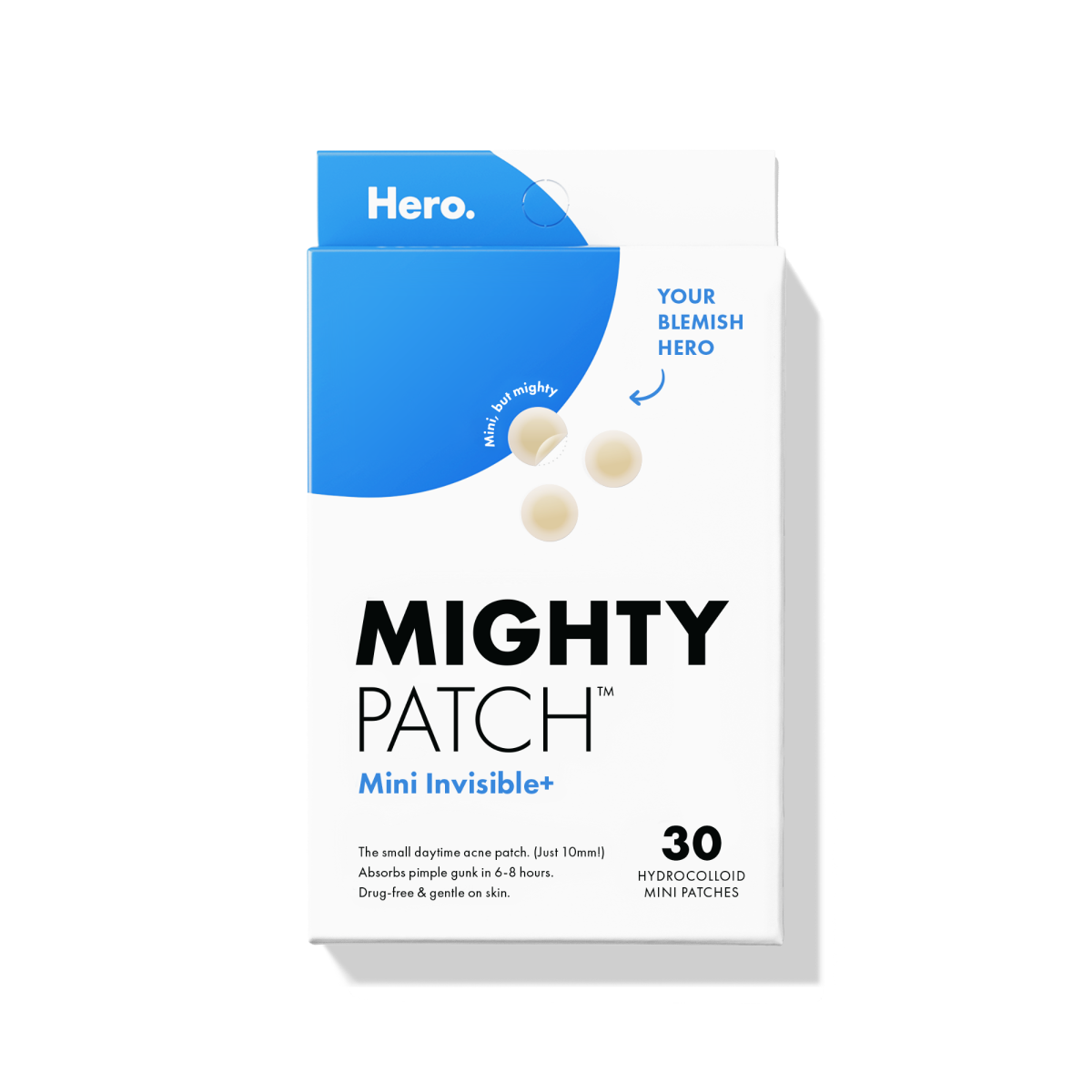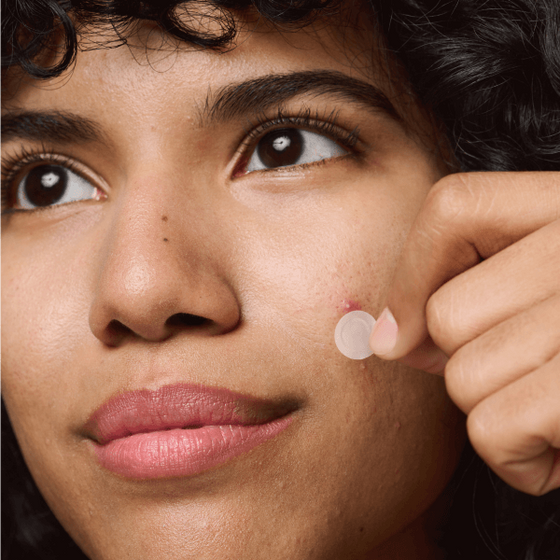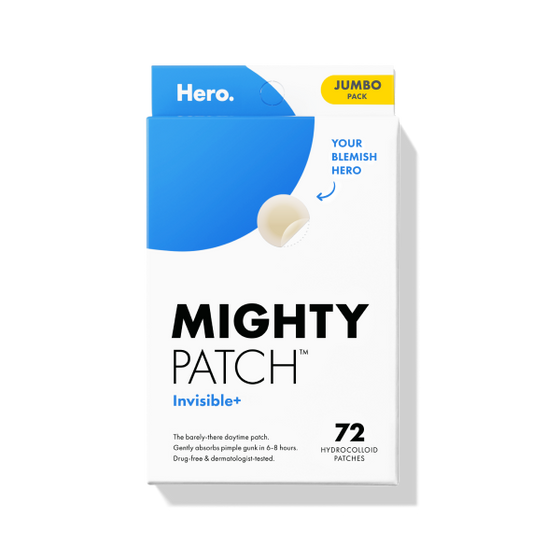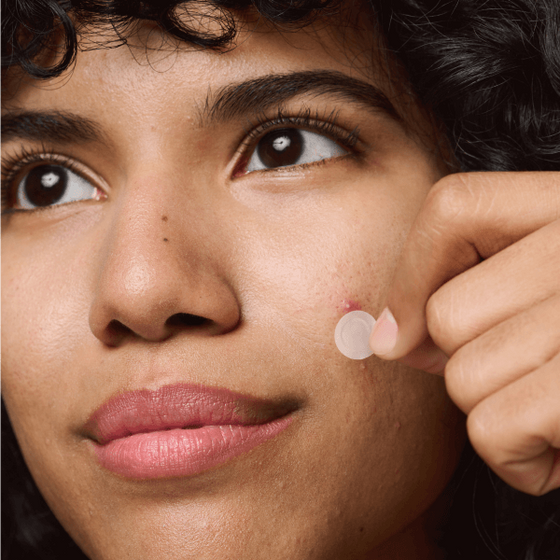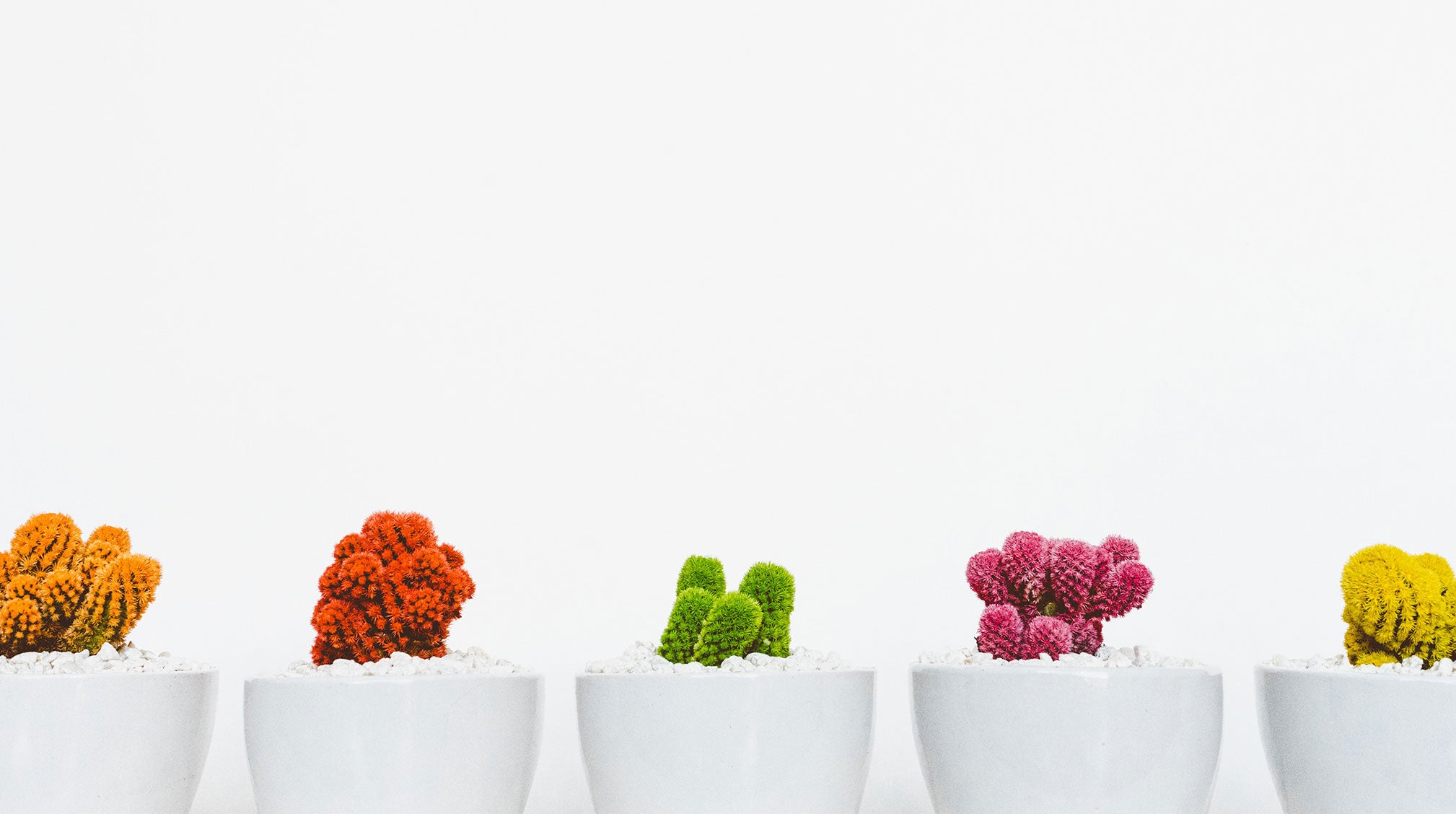
In order to find your optimal skincare routine, you need to start by determining your skin type. This will ensure that you are choosing products that will contribute to your best possible skin. To help you figure it all out, we’ve rounded up some simple questions that will reveal your skin type. 🔎
1. First thing in the morning, my skin feels:
a. Dry and tight
b. Oh-so-oily
c. Oily in some spots and dry in others
d. Pretty good!
2. By lunchtime, my skin needs:
a. Another layer of moisturizer
b. Blotting paper, powder and setting spray
c. Some powder on the T-zone
d. Nothing, maybe a face mist to freshen up!
3. If you pat a blotting paper on different areas of your face and then hold it up to the light, how much oil is visible?
a. None
b. It's saturated with oil
c. There’s some oil from my forehead and nose
d. There’s only a small amount of oil on the paper
4. How visible are your pores?
a. They are small (and feel tight)
b. Visible, huge, and clogged around my nose
c. Larger around the T-zone and smaller in other areas
d. They're barely visible (thankfully!)
5. How does it feel when you touch your skin?
a. Rough and scaly
b. Slick and greasy
c. It's oily on the nose and forehead, dry on the cheeks and jaw area
d. Skin feels hydrated and balanced
If you have mostly A’s: Dry skin
Dry skin often feels tight, flakes easily, and can appear rough and dull. Because it produces less sebum (oil) than normal skin, dry skin is missing an adequate amount of lipids to retain moisture and act as a protective barrier. Daily exfoliation with non-abrasive ingredients, followed by a rich moisturizer (especially one containing hyaluronic acid or sodium hyaluronate) can help smooth and hydrate skin. Drinking plenty of water and avoiding diuretics like alcohol and caffeine can also help to improve the skin’s appearance. All skin gets drier as it ages, so your skin type can change slightly and require more intensive moisturization as you mature.
If you have mostly B’s: Oily skin
The good news is that people with oily skin generally look younger because their skin has more moisture and is less prone to fine lines and wrinkles. The bad news is that when skin produces excess oil, it often feels greasy, looks slick and is more likely to break out. In addition to excess sebum production, those with oily skin typically have enlarged, very visible pores, which can also be clogged with blackheads. When choosing skincare products, avoid ingredients like mineral oil, petrolatum and alcohol. To minimize shine, choose oil-free moisturizers (yes, even oily skin needs moisturizer), chemical exfoliants and clay masks. If breakouts are an issue, look for products with salicylic acid and try hydrocolloid acne patches.
If you have mostly C’s: Combination skin
As you might expect, combination skin means your type varies throughout your face. People with combination skin typically have an oily T-zone (forehead and nose) and dry or normal skin on the rest of the face. Avoid overcleansing (stick to twice a day) and pay attention to the pH balance in your cleanser, as a more acidic pH level will help to balance the oil. Choose oil-free or gel moisturizers and focus application on the areas where your skin tends to be dry.
RELATED READ: The pH Balancing Act: How it Can Help with Acne
If you have mostly D’s: Normal skin
Lucky you! Despite the label “normal,” this is the least common skin type. Since you are unlikely to experience sensitivity, dryness or oiliness, your skin can handle most ingredients. So that means you can cleanse, moisturize, tone, mask and treat your heart out until you find the types of products and routines that work best for you.
One more thing: skin conditions
Although people sometimes use the terms acne-prone, sensitive or dehydrated to describe their skin type, those are actually skin conditions, not skin types. What’s the difference? For most of your life, your skin type will generally be the same. It can gravitate more toward the dry type as you age, but you are unlikely to start out as a solid oily type and end up as a super-dry skin type. Skin conditions can vary greatly based on factors like medication, stress, hormones, climate, pollution and even the skincare products that you use. Your skin can be any combination of type and condition, so you should choose products that are designed for your skin type and address any specific conditions you are experiencing at the time.
What were your quiz results? Were you surprised by your skin type? Or had you already suspected? Share in the comments below!
[[product-ad]]
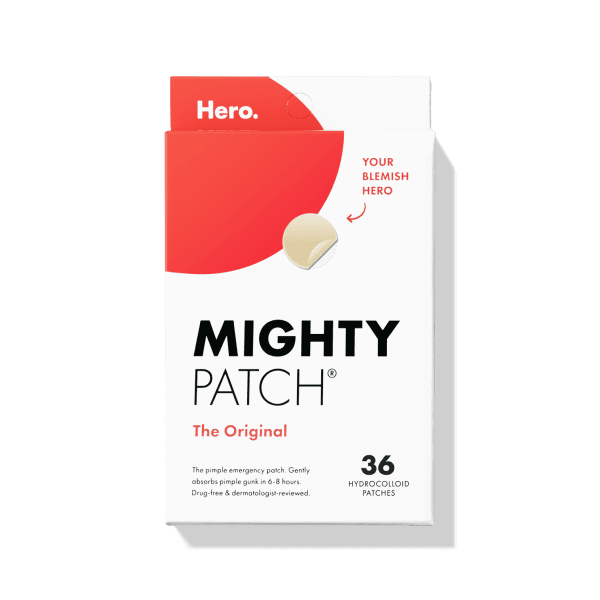
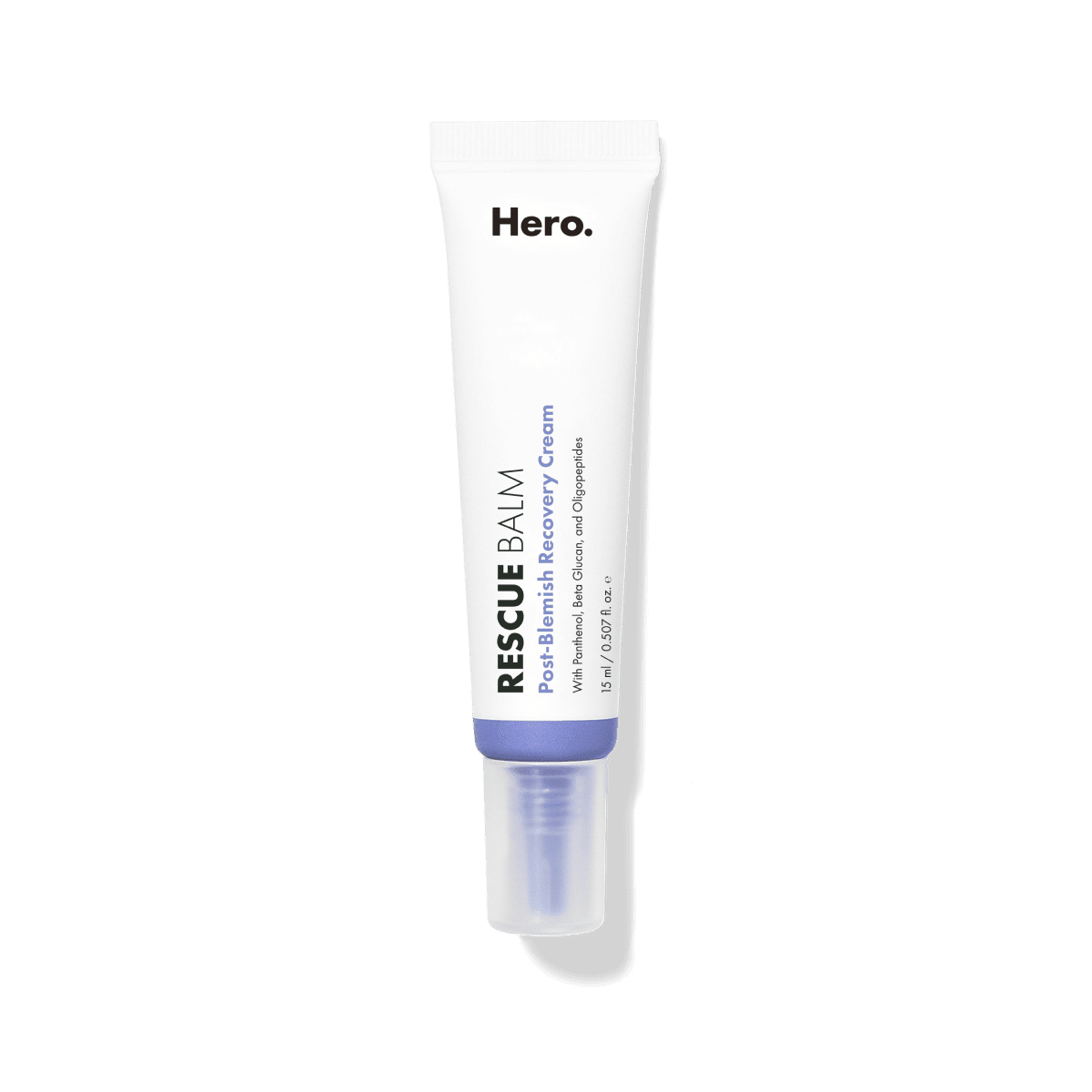
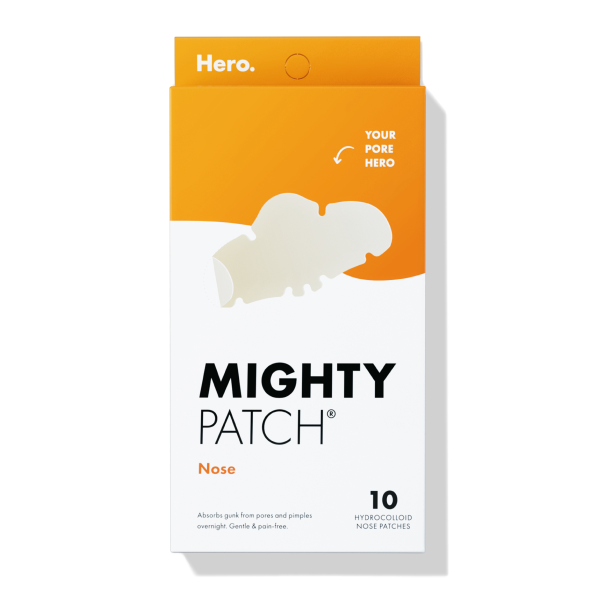
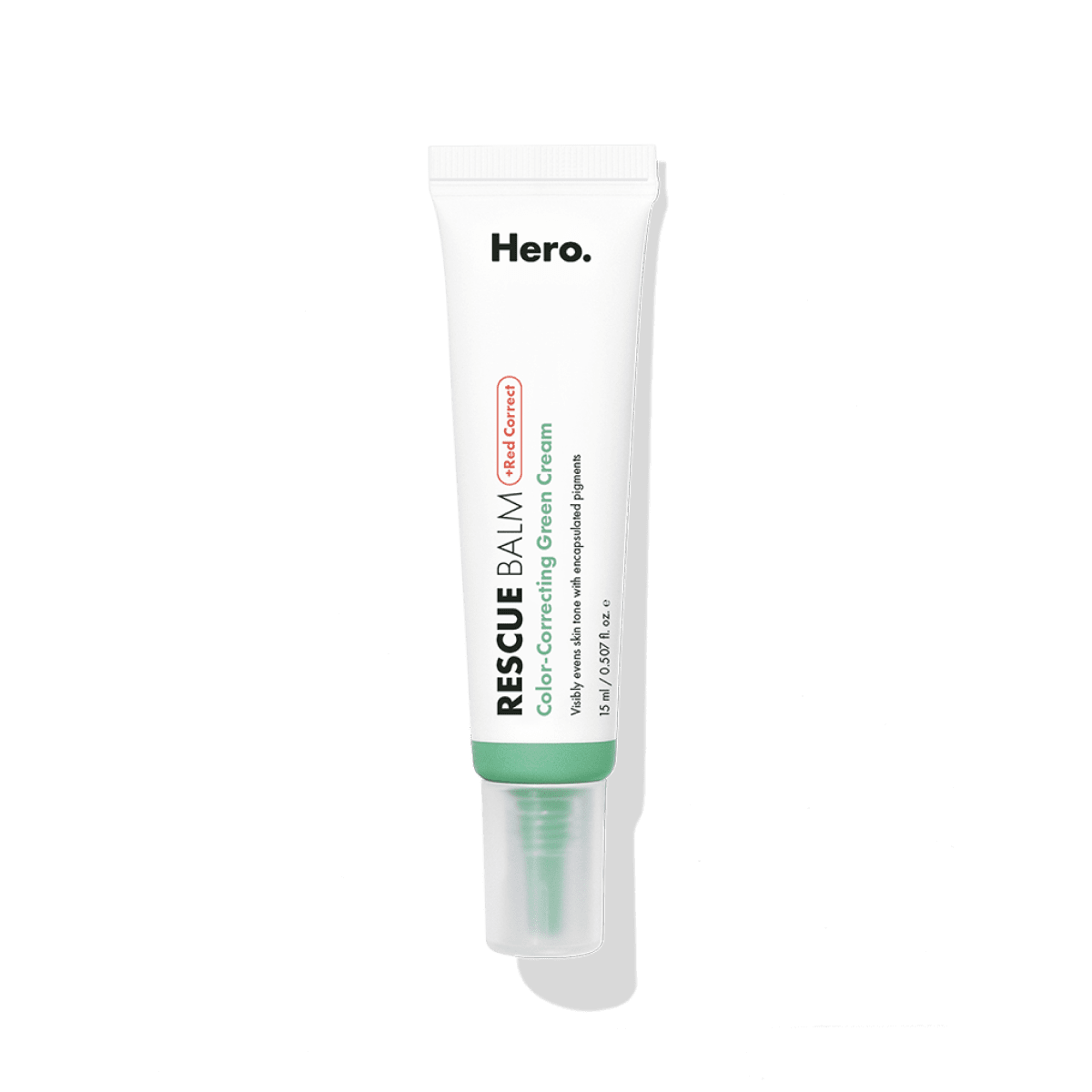
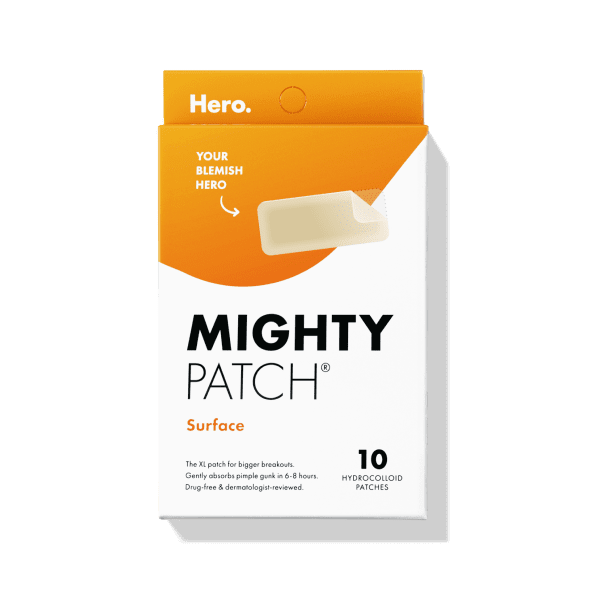
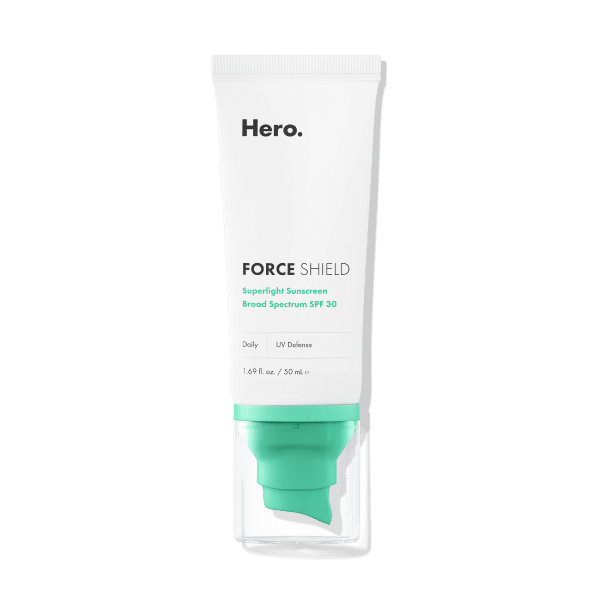
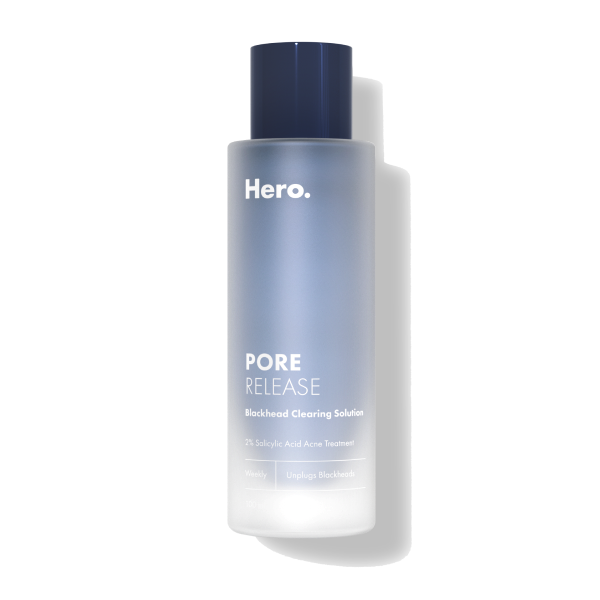
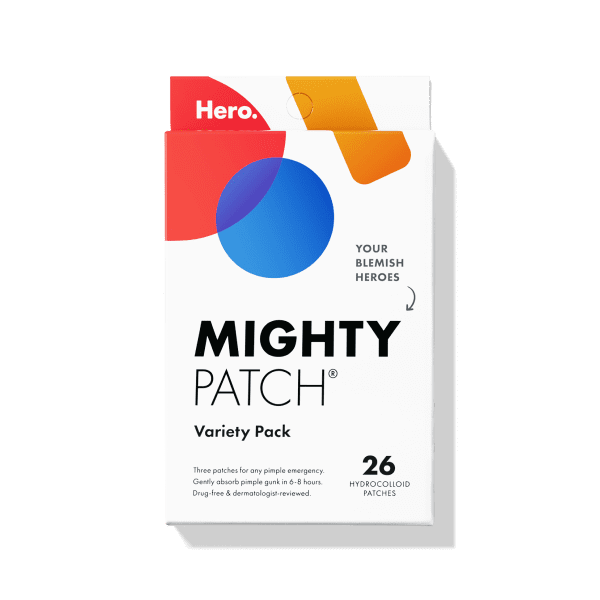
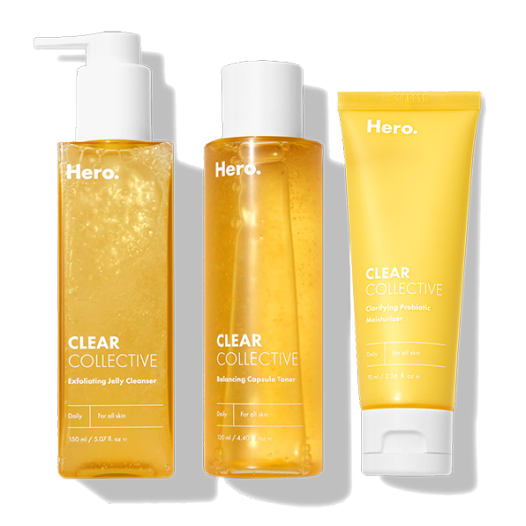
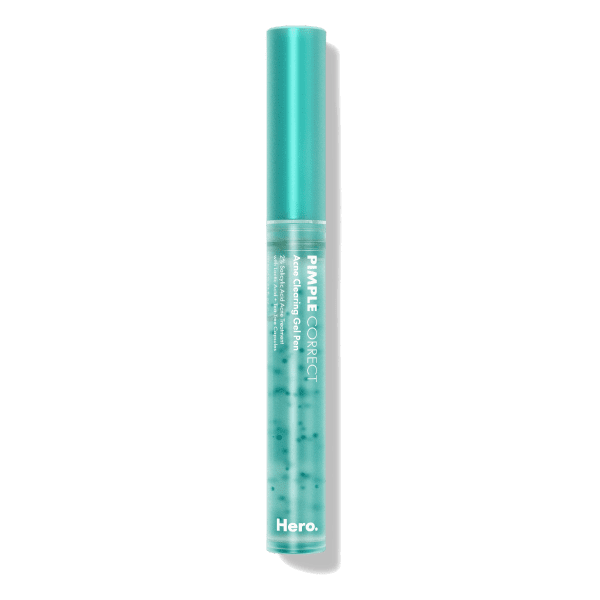
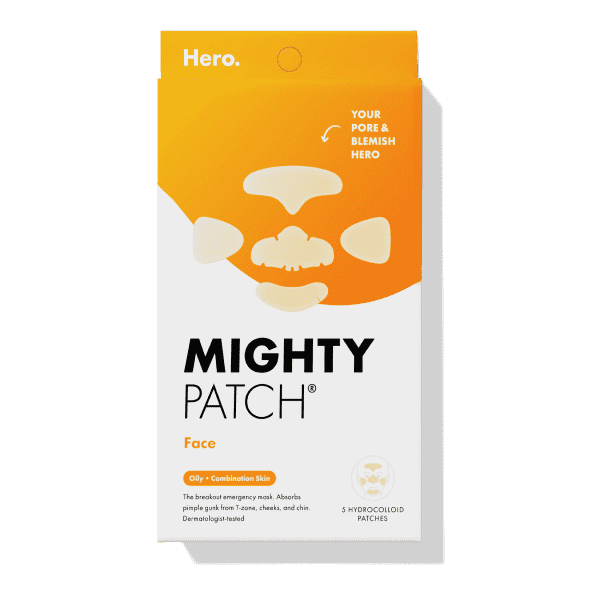
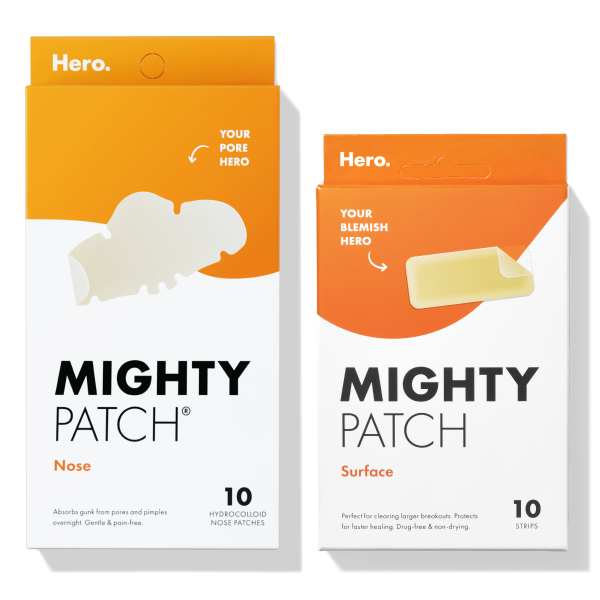
.png?v=1663017252122)
